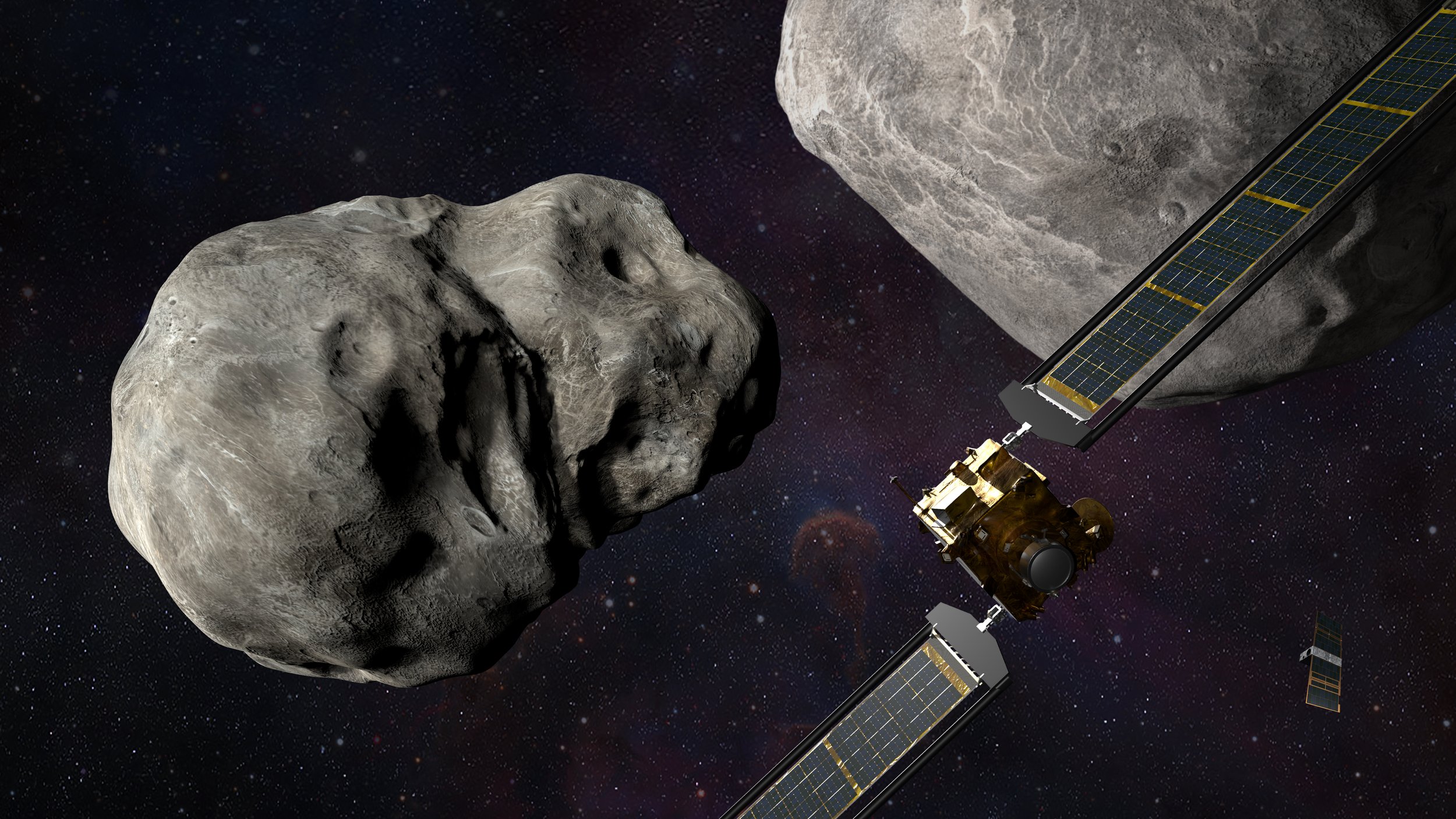PICTURED: NASA’s Mars rover Perseverance snapped this photo of a balancing boulder and snake-head rock on June 12, 2022, using its Mastcam-Z camera system. PC: NASA/JPL-Caltech/ASU
For much of Perseverance’s time on the Red Planet, and the other rovers before it for that matter, it’s been rare that any scientist or spectator could say that it was photographing an “other-worldly landscape” as we understand the term, despite the fact that Perseverance is literally on another world.
However earlier this week, the 6-wheeled robot found a group of rocky outcroppings which finally give the planet the proper appearance of a science fiction movie.
In the foreground, at the base of a rocky butte, a viper-like head protrudes into the scene. In the background, an oddly-spherical shaped rock teeters like a Utah hoodoo atop of boulder.
Utah, Colorado, and Arizona are prime comparisons with the Martian landscape, and these features of erosion would look right at home in Capitol Reef, Bryce Canyon, Moab, Arches, or Monument Valley.
PICTURED: Most of the Martian landscape is undetailed rubble and sand. PC: NASA/JPL-Caltech/ASU
At NASA’s Jet Propulsion Laboratory, at Caltech, the rover’s mission control was excited to see the rocks for different reasons—because it means they are deep inside Jezero Crater’s 28 mile-wide river delta, a prime place to drill for signs of archaic microbial life, and the main reason why the rover landed where it did.
Top of the rover scientists’ wish list, the fine sediments should be an ideal place to drill for signs of organic life. On Earth, deltas such as those of the Mississippi, or the Okavango rivers, teem with the richest levels of biodiversity found in any part of their ecosystems.
Even the clearest rivers move sediment downward towards their terminus, and all those fine grains of soil and sand build up in a delta, which are also excellent places to look for prehistoric fossils.
On Mars, the Jezero delta is a massive fan-shaped area of rocks and sediment on the western edge of the crater, formed at the convergence of a Martian river and a crater lake billions of years ago.
“The delta at Jezero Crater promises to be a veritable geologic feast and one of the best locations on Mars to look for signs of past microscopic life,” said Thomas Zurbuchen, the associate administrator of NASA’s Science Mission Directorate in Washington. “The answers are out there – and Team Perseverance is ready to find them”.



